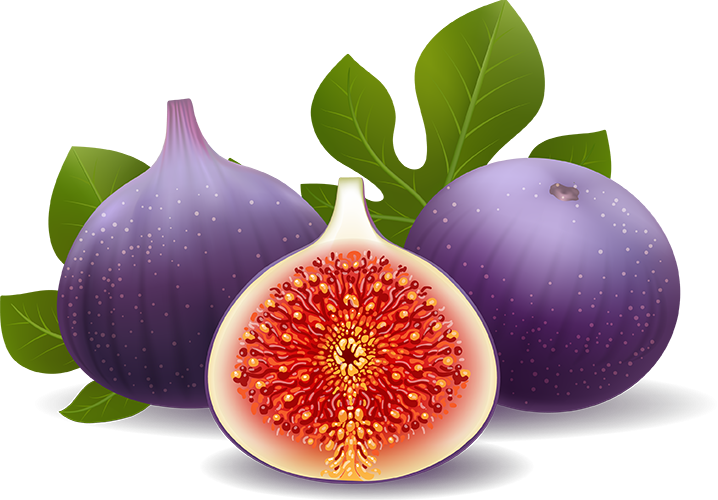Mastering Winter Care: Comprehensive Strategies for Protecting Container-Grown Fig Trees in Cold Climates
For gardeners nurturing fig trees in containers in colder regions, the arrival of fall signals a crucial period for implementing specific care strategies. As these delicate trees face the prospect of harsh winter conditions, meticulous preparation during the autumn months is vital for their survival and future growth.
Taking these steps in the fall and maintaining care through the winter can ensure your container-grown fig trees not only survive but also thrive after the cold season. Remember, the resilience of your fig trees through winter is a testament to the care and preparation you provide during the fall. Proper preparation in the fall is key to ensuring that your fig trees survive the winter and thrive in the following spring.
This article provides a thorough guide for owners of container-grown fig trees in cold climates, covering essential fall and winter preparation steps and methods ensuring that they remain healthy through the winter and are well-prepared for vigorous growth in the spring.
Ensuring the Survival and Health of Your Fig Trees Through the Canadian Winter
1. Initiating Dormancy: Watering and Nutrition Management
- Gradual Reduction of Watering: Starting in early fall as the days shorten and temperatures drop, gradually decrease watering frequency. This helps the tree slowly enter a dormant state, reducing the risk of frost damage to active roots.
- Last Nutrient Boost: Apply a final dose of slow-release, low-nitrogen fertilizer in early autumn to fortify the tree with essential nutrients for enduring the winter.
2. Pruning: Timing and Techniques for Optimal Health
- Strategic Pruning: Engage in light pruning after the leaves fall but before the first frost. Focus on removing dead or diseased branches, shaping the tree, and reducing its size for easier winter management.
3. Pest and Disease Inspection
- Pest and Diseases: Thoroughly inspect your fig tree for any signs of pests or diseases. Treat any infestations or infections to prevent them from worsening over the winter.
4. Soil and Root Care for Container Trees
- Enhancing Soil Nutrition: Top-dress the soil with organic compost or aged manure to enrich the nutrient content, crucial for container-bound trees.
- Root Inspection and Care: Examine the roots for health and size. If roots appear cramped or are circling the bottom of the container, consider repotting into a larger container next spring.
5. Winter Shelter: Deciding Between Indoors and Outdoors
- Assessing Winter Severity: Based on your local climate, decide whether to move the tree indoors to a sheltered, cool, but frost-free area like a garage, cellar, cold room, or basement (note: some basements may be too warm).
- Container Insulation for Outdoor Trees: If the tree remains outdoors, insulate the container with bubble wrap, foam insulation, or burlap.
6. Frost Protection for the Tree
- Wrapping Techniques: Wrap the trunk and primary branches with frost protection fabric or burlap. Ensure the covering is snug to retain warmth while allowing some air and moisture exchange.
- Mulching for Extra Insulation: Apply a thick layer of mulch on top of the soil in the container to provide root insulation.
7. Winter Watering Regimen
- Moisture Balance: Water the tree minimally during winter, keeping the soil slightly moist but not wet, to prevent root rot and desiccation.
8. Vigilance During Winter Months
- Weather Watch: Monitor the winter weather closely. On days when the temperature mildly increases, inspect the soil moisture and the integrity of the tree’s protective coverings.
- Emergency Measures: Be prepared with additional coverings, such as frost cloths or blankets, for sudden severe weather dips.
9. Pre-Spring Awakening Care
- Gradual Reintroduction to Active Growth: As winter fades, slowly start to increase watering in anticipation of new growth. However, be cautious of late frost threats and be ready to protect the tree.
- Removing Winter Protections: Gradually remove insulation and wrapping materials as the threat of frost diminishes, allowing the tree to acclimate to the changing temperatures.
10. Advanced Tips for Container Management
- Root Pruning Considerations: If the tree has become root-bound, plan for root pruning and repotting when spring arrives. This encourages healthier growth and better fruit production in the coming season.
- Container Rotation: Throughout the early spring, periodically rotate the container to ensure even sun exposure, encouraging balanced growth.
11. Preparing for the Growing Season
- Early Fertilization: Once signs of new growth appear, apply a balanced fertilizer to kick-start the tree’s growth cycle.
- Pest and Disease Prevention: Implement preventive measures against pests and diseases common in the spring, ensuring your fig tree starts the season strong.
Conclusion
Navigating the fall and winter months with careful planning and proactive measures can ensure the health and vitality of your container-grown fig trees. By following these detailed strategies, gardeners in cold climates can look forward to lush, productive fig trees as the warmth of spring returns.
This guide provides a thorough approach to preparing container-grown fig trees for the cold season in colder climates, ensuring that they remain healthy through the winter and are well-prepared for vigorous growth in the spring.

